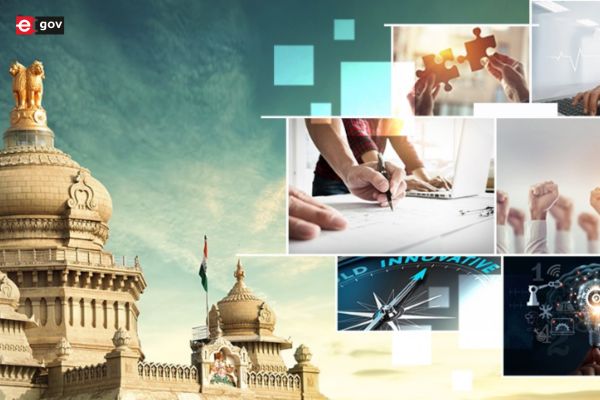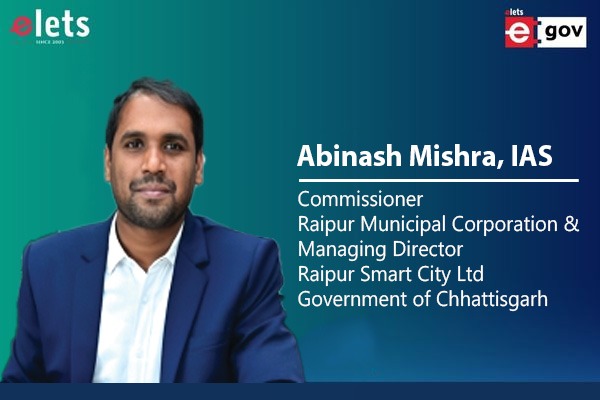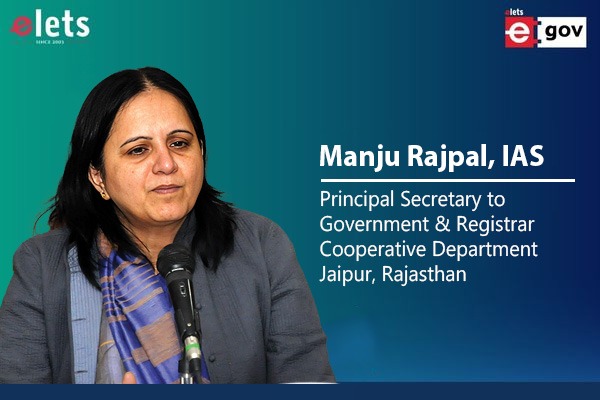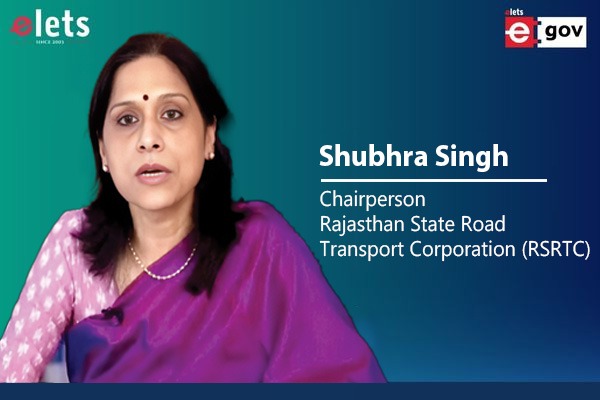
In the realm of governance, the modern landscape is increasingly shaped by digital transformation (DT), and nowhere is this more evident than in India. At the heart of this revolution lies the JAM Trinity – Jandhan, Aadhar, and Mobile – a digital infrastructure that has set new benchmarks globally.
The JAM Trinity serves as the bedrock of India’s eGovernance efforts, facilitating seamless access to government services and ushering in unprecedented levels of efficiency and transparency. Among its key components, the Unified Payments Interface (UPI) has emerged as a trailblazer, revolutionizing banking transactions and serving as a blueprint for digital payment systems worldwide.
Also Read | Embracing Digital Transformation: A new era for India and the World

Central to the JAM Trinity is Aadhaar, which transcends its role as a mere identity card to become a linchpin of India’s digital transformation. By enabling robust verification processes and facilitating Direct Benefit Transfers (DBT), Aadhaar has streamlined service delivery, ensuring that government benefits reach intended recipients while minimizing leakages and corruption.

The success of the DBT scheme, which has facilitated the transfer of a staggering 33 trillion rupees across 312 government programs, underscores the transformative impact of leveraging digital technologies in governance. By eliminating intermediaries and directly crediting funds to beneficiaries’ bank accounts, DBT has not only enhanced efficiency but also bolstered accountability and transparency in public service delivery.

Furthermore, initiatives such as Digilocker epitomize the shift towards paperless governance, offering citizens a secure platform to access and store essential documents digitally. With over 20 crore users and issuance of more than 630 crore documents, Digilocker has emerged as a game-changer, simplifying document verification processes and reducing bureaucratic red tape.
Looking ahead, India is poised to further enhance its digital infrastructure with the introduction of the National Beneficiary Mapper (NBM). This innovative tool promises to provide citizens with a unified digital identity, serving as a gateway to seamlessly access a myriad of government schemes and services.
The significance of these digital initiatives cannot be overstated. They signify a paradigm shift in governance and potentially empower millions of Indians by providing them with greater access to essential services and opportunities.
Also Read | SBI Pioneering Digital Transformation in India’s Banking Sector
Indeed, India’s journey towards digital governance is a testament to the transformative power of technology in driving inclusive growth and development. By leveraging the JAM Trinity and embracing innovative solutions like DBT and Digilocker, India is not only redefining governance but also setting new standards for digital excellence on the global stage. As the country continues to harness the potential of digital technologies, the future holds immense promise for a more connected, efficient, and empowered India.
Views expressed by: Sanket S. Bhondve, Joint Secretary, Ministry of Electronics & Information Technology, Government of India at the ‘12th eGov Knowledge Exchange Summit’ on 19-20 October 2023 at Thiruvananthapuram, Kerala.
Be a part of Elets Collaborative Initiatives. Join Us for Upcoming Events and explore business opportunities. Like us on Facebook , connect with us on LinkedIn and follow us on Twitter, Instagram.
"Exciting news! Elets technomedia is now on WhatsApp Channels Subscribe today by clicking the link and stay updated with the latest insights!" Click here!













